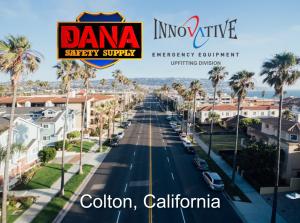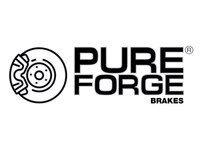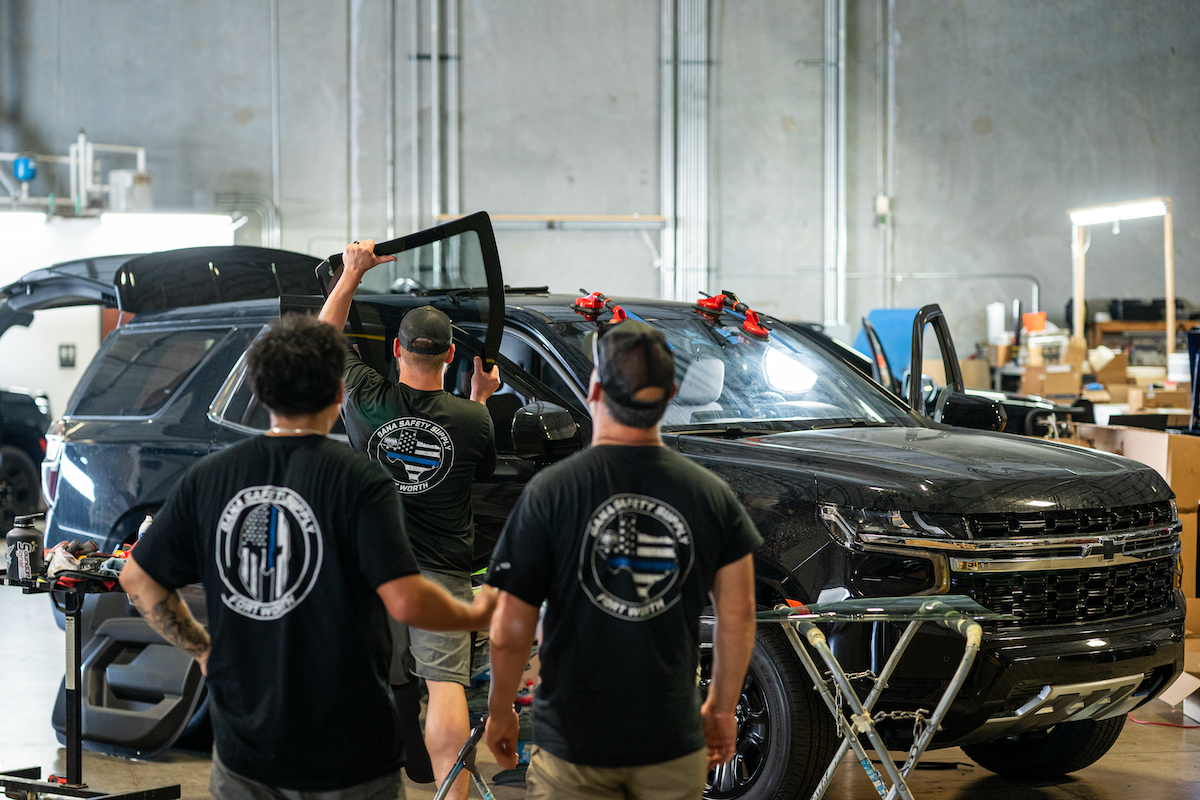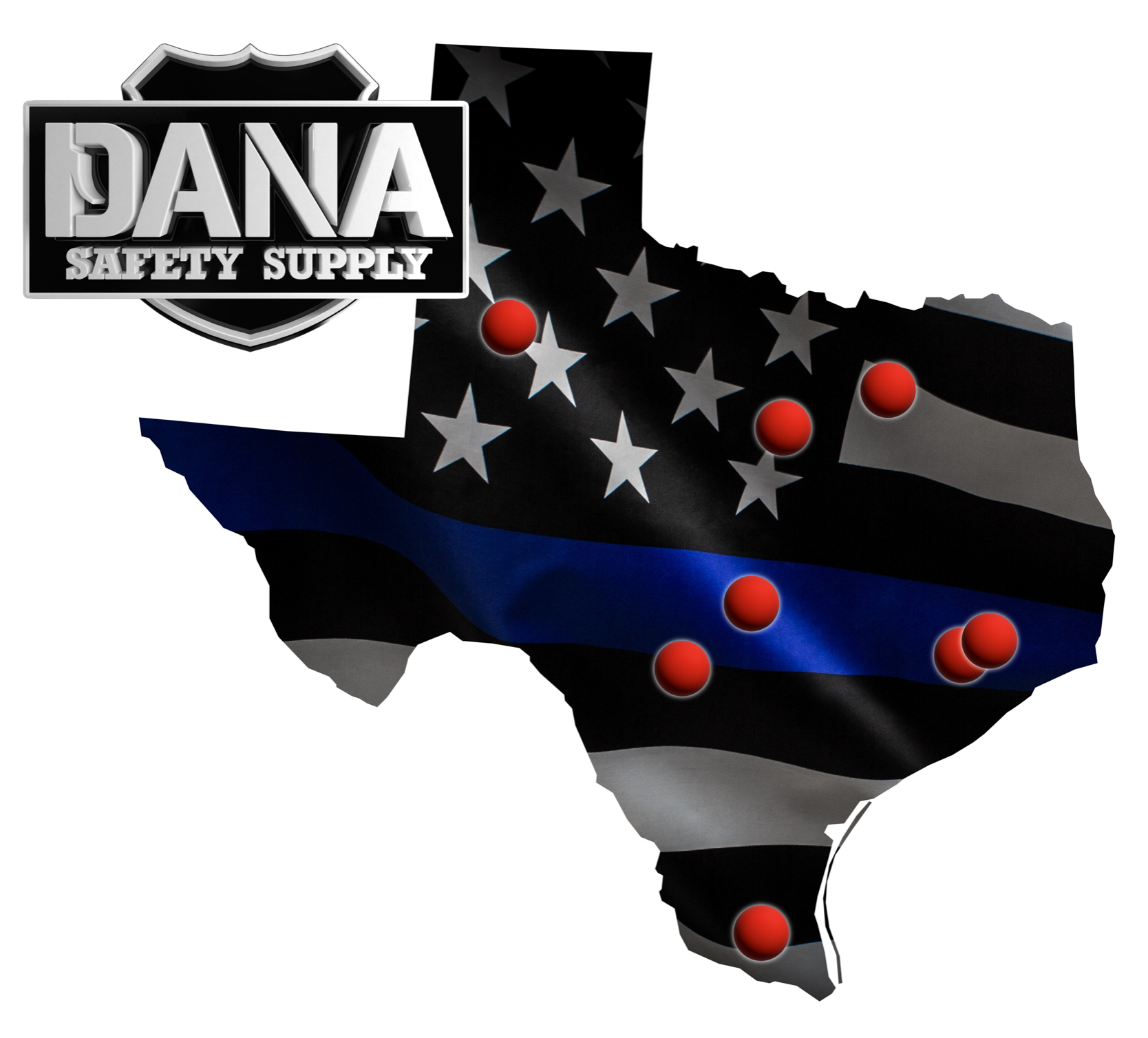Law enforcement officers face a multitude of dangers while on duty, and their vehicles often serve as a mobile base of operations. In this ever-changing landscape, it's important that their vehicles provide optimal protection. One essential element for enhancing vehicle security is the use of ballistic glass. In this comprehensive guide, we will discuss the various types, benefits, and applications of ballistic glass in law enforcement vehicles.
What is Ballistic Glass?
Ballistic glass, also known as bullet-resistant glass, is a specialized type of glass designed to withstand the impact of bullets or other projectiles. It's engineered to offer multiple layers of protection, typically combining various materials such as glass, acrylic, and polycarbonate. The result is a robust and durable product that can save lives in high-risk situations.
Types of Ballistic Glass
There are three primary types of ballistic glass used in law enforcement vehicles:
Acrylic: This type of ballistic glass is a solid sheet of acrylic material, usually 1 to 1.5 inches thick. It offers a lightweight and cost-effective solution for protection against small caliber handguns.
Polycarbonate: This material is a type of thermoplastic polymer that is lightweight and incredibly strong. Polycarbonate is often used in combination with other materials to create laminated ballistic glass, which offers increased protection against high-velocity projectiles.
Glass-Clad Polycarbonate: This type of ballistic glass combines layers of glass with polycarbonate, offering a more robust solution for stopping high-powered firearms. Glass-clad polycarbonate provides enhanced durability and improved visual clarity.
Levels of Ballistic Glass Protection
There are two main standards used to classify the levels of protection offered by ballistic glass:
UL 752 Standard: This standard, developed by Underwriters Laboratories, defines the performance requirements for bullet-resistant materials, including glass. It uses a scale of 1 to 8, with higher levels offering increased protection against larger and more powerful firearms.
NIJ Standards: The National Institute of Justice (NIJ) sets standards for ballistic-resistant equipment, including body armor and glass. These standards are used to classify materials based on their ability to stop specific types of projectiles, from handguns to armor-piercing rifle rounds.
Benefits of Ballistic Glass for Law Enforcement Vehicles
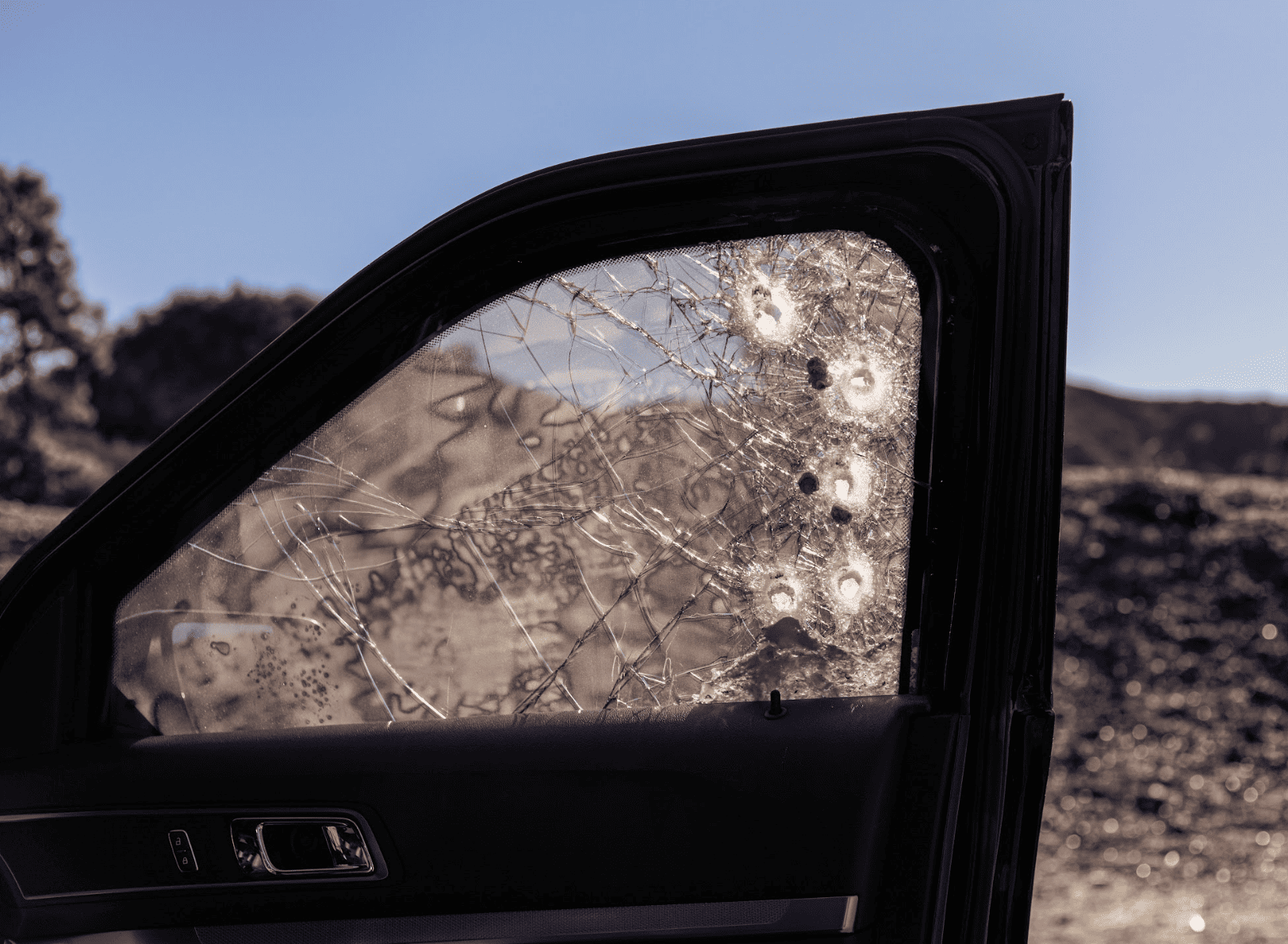
Some key benefits of using ballistic glass in law enforcement vehicles include:
- Improved officer safety
- Enhanced protection against gunfire and other projectiles
- Increased vehicle durability and longevity
- Greater sense of security during high-risk situations
How Ballistic Glass Works
Ballistic glass works by dissipating the energy from a bullet or projectile across multiple layers of material, reducing its velocity and ultimately stopping it from penetrating the glass. The multiple layers in ballistic glass are designed to absorb and spread the impact force, preventing the projectile from passing through. This unique composition also helps to maintain the structural integrity of the glass, reducing the risk of shattering and injury to occupants.
Installation of Ballistic Glass in Law Enforcement Vehicles
Installing ballistic glass in law enforcement vehicles typically involves replacing the existing windows with custom-made, bullet-resistant glass panels. This process must be carried out by experienced professionals to ensure a proper fit and optimal performance. It is important to consider factors such as the vehicle's design, weight distribution, and existing security features when installing ballistic glass.
Maintaining Ballistic Glass in Law Enforcement Vehicles
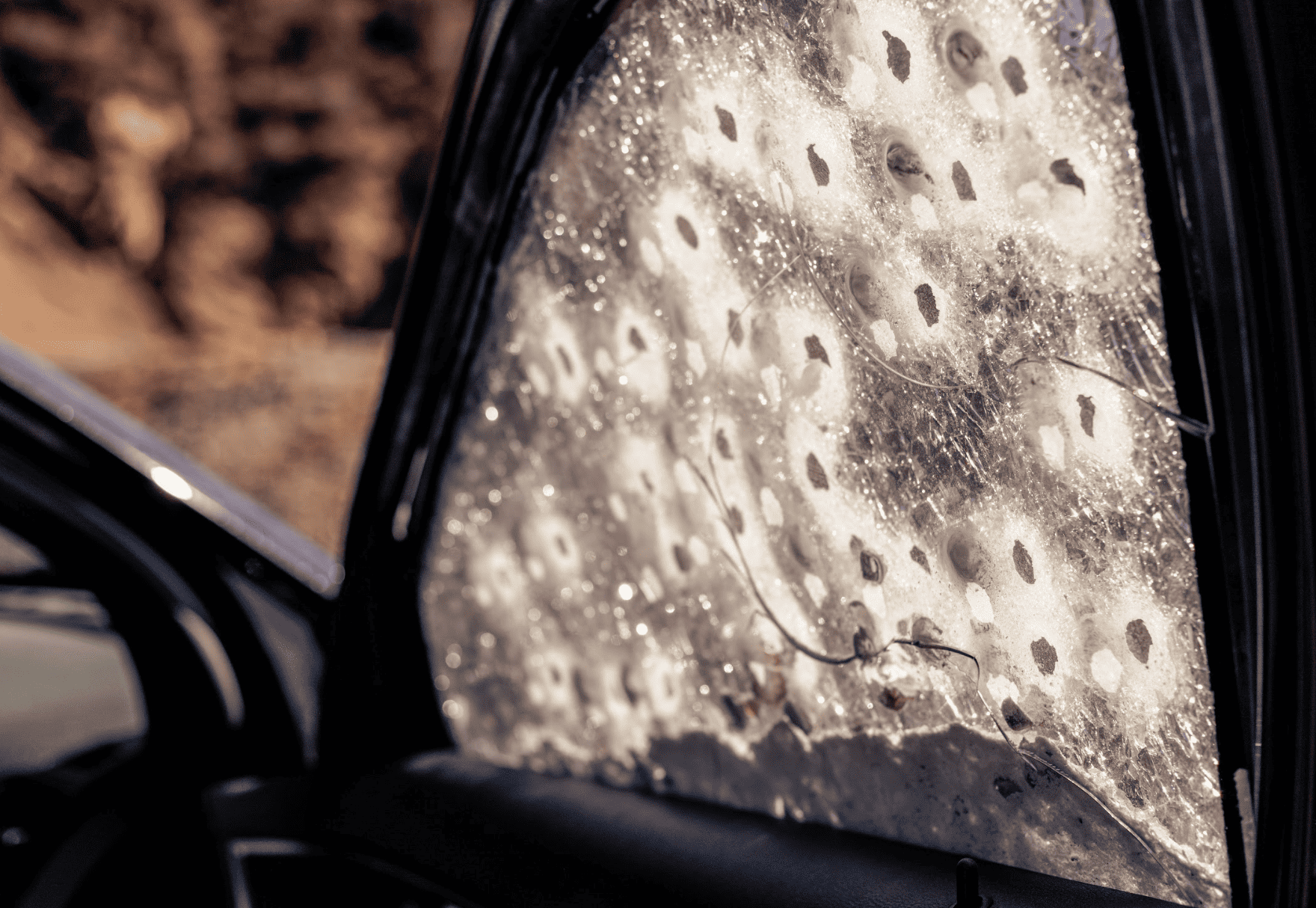
Proper maintenance is essential to ensure the longevity and performance of ballistic glass.
Some key maintenance tips include:
- Regular cleaning using non-abrasive cleaners and soft cloths
- Inspecting the glass for damage or signs of wear
- Avoiding excessive force when opening and closing windows
- Promptly addressing any issues to prevent further damage
- Challenges and Limitations of Ballistic Glass
While ballistic glass provides significant benefits, it is not without its challenges and limitations:
- Increased weight of the vehicle due to heavier glass panels
- Reduced visibility in some cases, particularly with thicker glass
- Potential for reduced fuel efficiency due to added weight
- High cost of materials and installation
- Recent Innovations in Ballistic Glass Technology
As technology advances, so too does the development of ballistic glass. Recent innovations include:
- The use of nanotechnology to create lighter, stronger materials
- Improved optical clarity for better visibility and reduced distortion
- Enhanced resistance to extreme temperatures and environmental factors
- New manufacturing techniques for more cost-effective production
Cost Considerations for Ballistic Glass
The cost of ballistic glass varies depending on factors such as the type of material, level of protection, and vehicle make and model. It is important for law enforcement agencies to weigh the benefits of ballistic glass against their budgetary constraints when making purchasing decisions.
Legal and Regulatory Compliance
When installing ballistic glass in law enforcement vehicles, it is essential to ensure compliance with all applicable laws and regulations. This may include meeting specific standards for ballistic protection, adhering to state and federal guidelines, and obtaining any necessary permits or certifications.
The Future of Ballistic Glass for Law Enforcement Vehicles
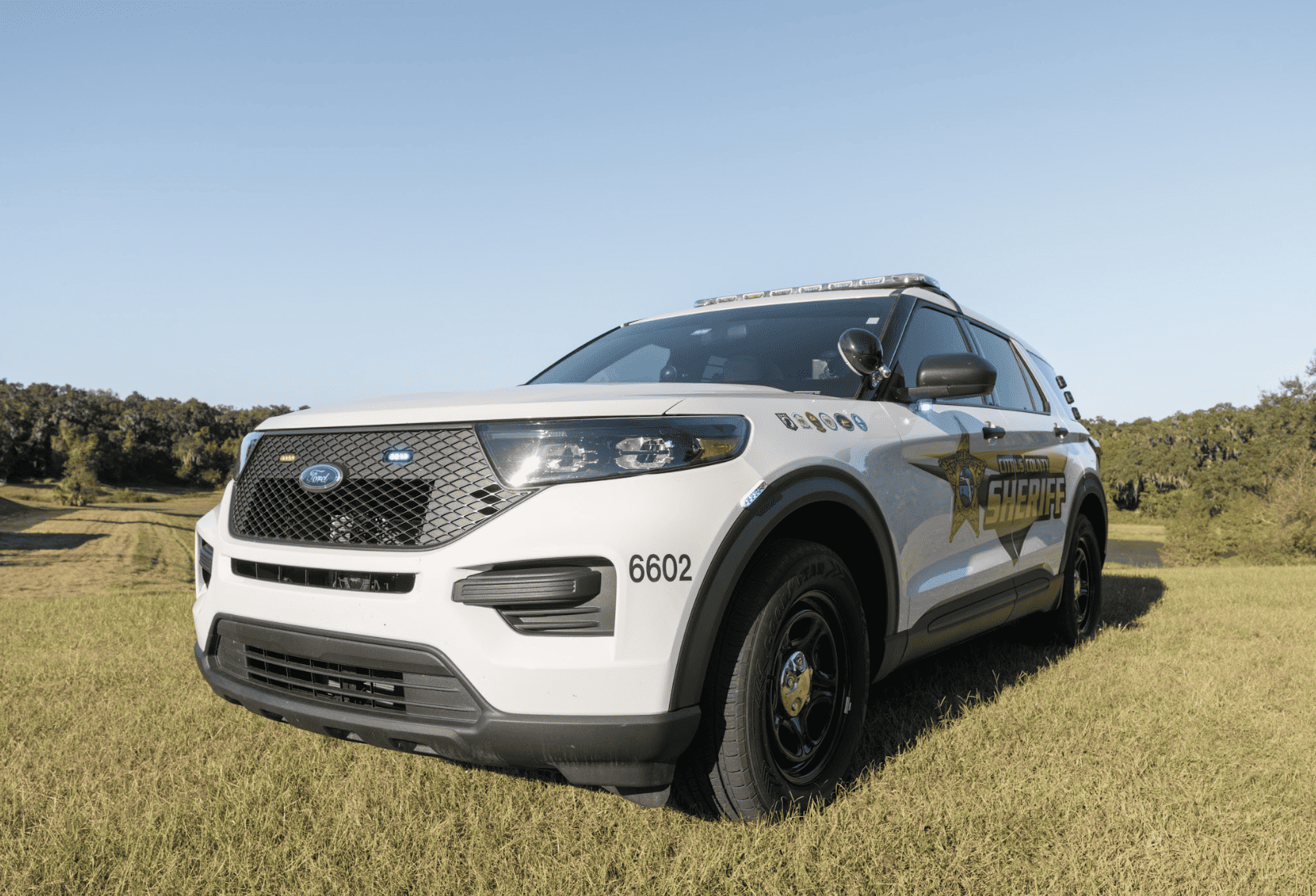
The future of ballistic glass in law enforcement vehicles is promising, with ongoing research and development aimed at improving performance, reducing weight, and increasing affordability. As the demand for enhanced protection in law enforcement vehicles continues to grow, we can expect to see further advancements in ballistic glass technology.
Ballistic glass plays a crucial role in ensuring the safety of law enforcement officers on the front lines. By understanding the various types, benefits, and applications of ballistic glass, agencies can make informed decisions when equipping their vehicles with this life-saving technology.
Choosing the Right Ballistic Glass for Your Law Enforcement Vehicles
Selecting the appropriate type of ballistic glass for your law enforcement vehicles involves considering factors such as:
Threat Level: Assess the potential threats your officers may encounter in their line of duty, and choose a level of protection that offers adequate resistance against those specific threats.
Budget: Evaluate the available budget for ballistic glass installation and maintenance, and select a solution that balances cost with the desired level of protection.
Vehicle Compatibility: Consider the specific make and model of your law enforcement vehicles, and ensure that the chosen ballistic glass is compatible with the vehicle's design and existing security features.
Installation and Maintenance: Choose a reputable supplier and installer with experience in working with law enforcement vehicles, and develop a maintenance plan to ensure the long-term performance and reliability of the ballistic glass.
Environmental Factors Affecting Ballistic Glass Performance
Various environmental factors can impact the performance and durability of ballistic glass, including:
Temperature: Extreme temperature fluctuations can cause stress in the glass layers, potentially affecting the ballistic glass's ability to withstand impacts.
Moisture: Prolonged exposure to moisture can cause delamination of the glass layers, compromising the structural integrity of the ballistic glass.
UV Exposure: Over time, UV radiation can cause discoloration and degradation of the ballistic glass's protective layers, which may reduce its effectiveness.
To minimize these environmental impacts, it's essential to perform regular inspections and maintenance of the ballistic glass installed in your law enforcement vehicles.
Dana Safety Supply: Your Premier Provider of Ballistic Glass Solutions
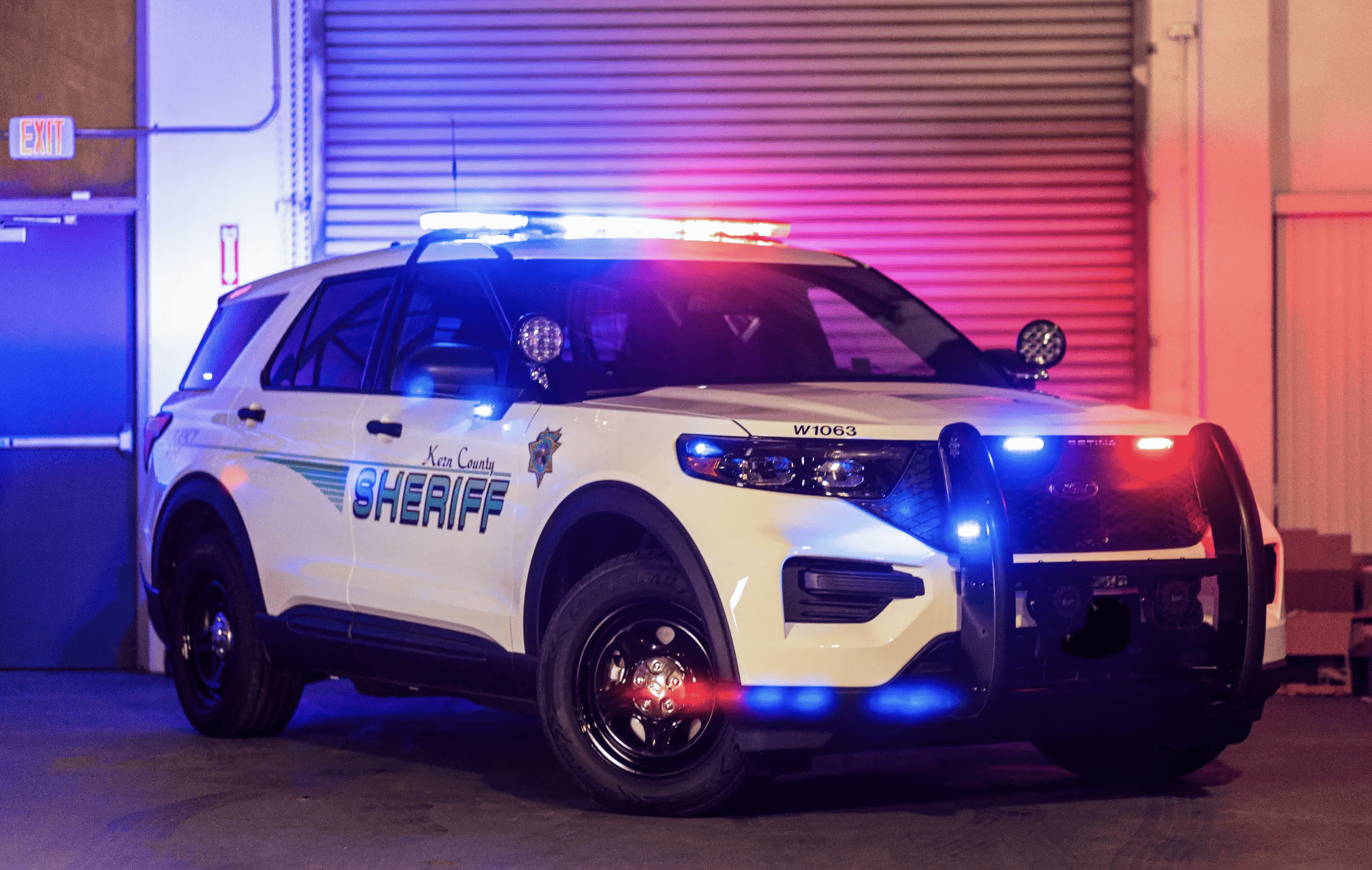
As a leading provider of ballistic glass solutions, Dana Safety Supply has established itself as the best in the business. Our commitment to delivering premium police equipment, emergency lights, ballistic glass, and vehicle equipment has made us the go-to destination for law enforcement professionals nationwide.
Why Choose Dana Safety Supply for Your Ballistic Glass Needs?
Expertise: With years of experience serving law enforcement agencies, we understand the unique requirements and challenges of the industry. Our team of experts is well-equipped to guide you through the process of selecting and installing the right ballistic glass for your specific needs.
Quality Products: At Dana Safety Supply, we only offer the highest-quality ballistic glass solutions, ensuring the safety and peak performance of law enforcement professionals. Our comprehensive range of tactical gear, duty gear, and body armor is designed to provide superior protection and durability.
Wide Selection: We pride ourselves on offering an extensive selection of police apparel, law enforcement accessories, and security products tailored to the unique needs of our customers. Whether you need ballistic glass for a single vehicle or an entire fleet, we have the right solution for you.
Exceptional Customer Service: Our dedication to customer satisfaction sets us apart from the competition. Our knowledgeable staff is available to answer your questions and provide support throughout the entire process, from product selection to installation and maintenance.
Competitive Pricing: We understand the budgetary constraints faced by many law enforcement agencies, which is why we offer competitive pricing on our ballistic glass products without compromising on quality or performance.
By choosing Dana Safety Supply as your ballistic glass provider, you can trust that you are partnering with a company that prioritizes the safety and success of law enforcement professionals. Let us help you find the perfect solution for your ballistic glass needs, ensuring the security and protection your officers deserve.
FAQs About Ballistic Glass
Is ballistic glass completely bulletproof?
No, ballistic glass is designed to be bullet-resistant, not bulletproof. It can stop most projectiles, but its effectiveness depends on factors such as the type of material, thickness, and level of protection.
How long does ballistic glass last?
The lifespan of ballistic glass depends on factors such as maintenance, usage, and exposure to environmental conditions. With proper care, ballistic glass can last for many years.
Can ballistic glass be repaired if damaged?
Minor damage to ballistic glass can sometimes be repaired, but in most cases, replacement is necessary to ensure optimal performance and protection.
How much does it cost to install ballistic glass in a law enforcement vehicle?
The cost of installing ballistic glass varies depending on factors such as the type of material, level of protection, and vehicle make and model. Installation costs can range from a few thousand dollars to tens of thousands of dollars, depending on the specific requirements of the law enforcement agency.
What is the difference between ballistic glass and regular automotive glass?
Ballistic glass is specifically designed to withstand the impact of bullets or other projectiles, whereas regular automotive glass does not offer the same level of protection. Ballistic glass is made from multiple layers of materials, such as glass, acrylic, and polycarbonate, which help to dissipate the energy of the projectile and prevent penetration.


